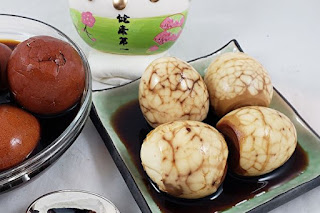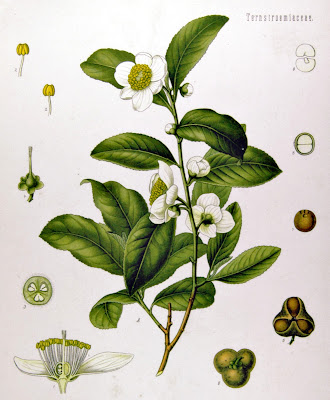History of Chinese Tea

Legends say that the ancient Chinese deity Shennong, who lived 5,000 years ago, discovered tea. Shennong sampled 365 kinds of plants to test how they can influence one's health. He chewed tea leaves to prevent himself from poisons. The book "The Classics of Chinese Medicine" documented these 365 herbs. Before 200 B.C., ancient Chinese literature talked about tea soup and tea porridge. They probably used fresh leaves. About 2000 years ago, people created tea bricks by breaking, compressing, drying fresh tea leaves. Although the dried tea bricks were convenient for storage and transportation, they tasted quite bitter. The 7th century (or Tang Dynasty) marked the transition of tea from medicine to daily drink. People discovered that by steaming the fresh leaves and squeezing out the juice, tea became less bitter. Although it was still grassy, the tea-soup was pretty good as a daily drink after adding ginger and salt. Tang Dynasty people prefer metal teacups because precious ...




